Indian Americans seen as increasingly ‘politically conscious’, study finds
A new lecture at the University of Hyderabad examined how Indian Americans are reshaping their political and cultural identities in the United States.
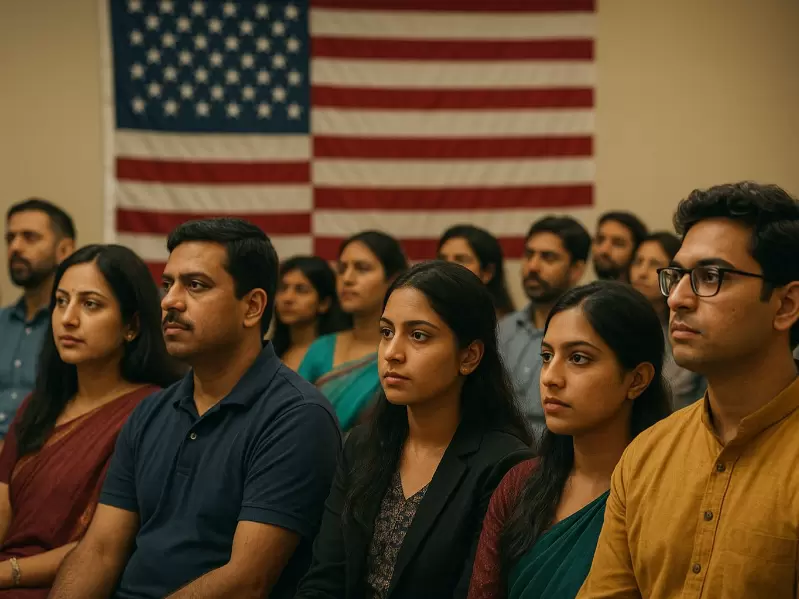 Representative image / AI generated
Representative image / AI generated
Indian Americans are emerging as one of the most politically conscious diasporic groups in the United States, according to an ethnographic study discussed at the University of Hyderabad.
The lecture, titled ‘An Ethnographic Study of Indian Diaspora in the United States of America’, was delivered online by Dr. Muhammad Badrul Alam, former Director of Research and Head of Political Science at Jamia Millia Islamia University, New Delhi.
Organized by the Center for the Study of Indian Diaspora, School of Social Sciences, the session was chaired by Prof. Ajaya K. Sahoo, who introduced Dr. Alam and his research on the evolving realities of Indian-origin communities in the U.S.
ALSO READ: Indian immigrants make largest positive fiscal contribution to U.S: Report
Dr. Alam examined the expanding civic and political engagement of Indian Americans, noting their growing visibility in American public life. He said the community demonstrates a dual political consciousness— one oriented toward active participation in U.S. democratic processes, and another that remains deeply invested in political developments in India.
The rise of Indian-origin figures in American politics reflects both ambition and belonging, Dr. Alam said, while also distinguishing between the experiences of first-generation immigrants and U.S.-born citizens.
The lecture also explored identity, assimilation, and cultural adaptation. Dr. Alam described how the first generation tends to preserve linguistic and cultural traditions, while the younger generations reinterpret Indianness in ways that blend nostalgia with global modernity. He observed that transnational ties — through festivals, media, and digital networks — continue to link the diaspora closely with India.
Turning to experiences of exclusion, Dr. Alam noted that despite Indian Americans’ high socioeconomic status, discrimination based on religion, caste, skin color, and nationality persists. These factors, he argued, reveal the complex intersections of privilege and marginalization that define the community’s lived experience.
On economic and social mobility, Dr. Alam highlighted disparities that often go unnoticed. Behind the success stories in technology and medicine are lesser-known narratives of unauthorized immigrants and working-class families, he said, calling for more inclusive research into the internal diversity of the diaspora.
The session drew faculty, scholars, and students from multiple disciplines. In his closing remarks, Prof. Sahoo praised the lecture for offering a grounded and nuanced account of one of the world’s most visible migrant communities. The discussion underscored how Indian Americans continue to shape — and be shaped by — the shifting social and political landscapes of both nations.
ADVERTISEMENT
ADVERTISEMENT
E Paper
Video



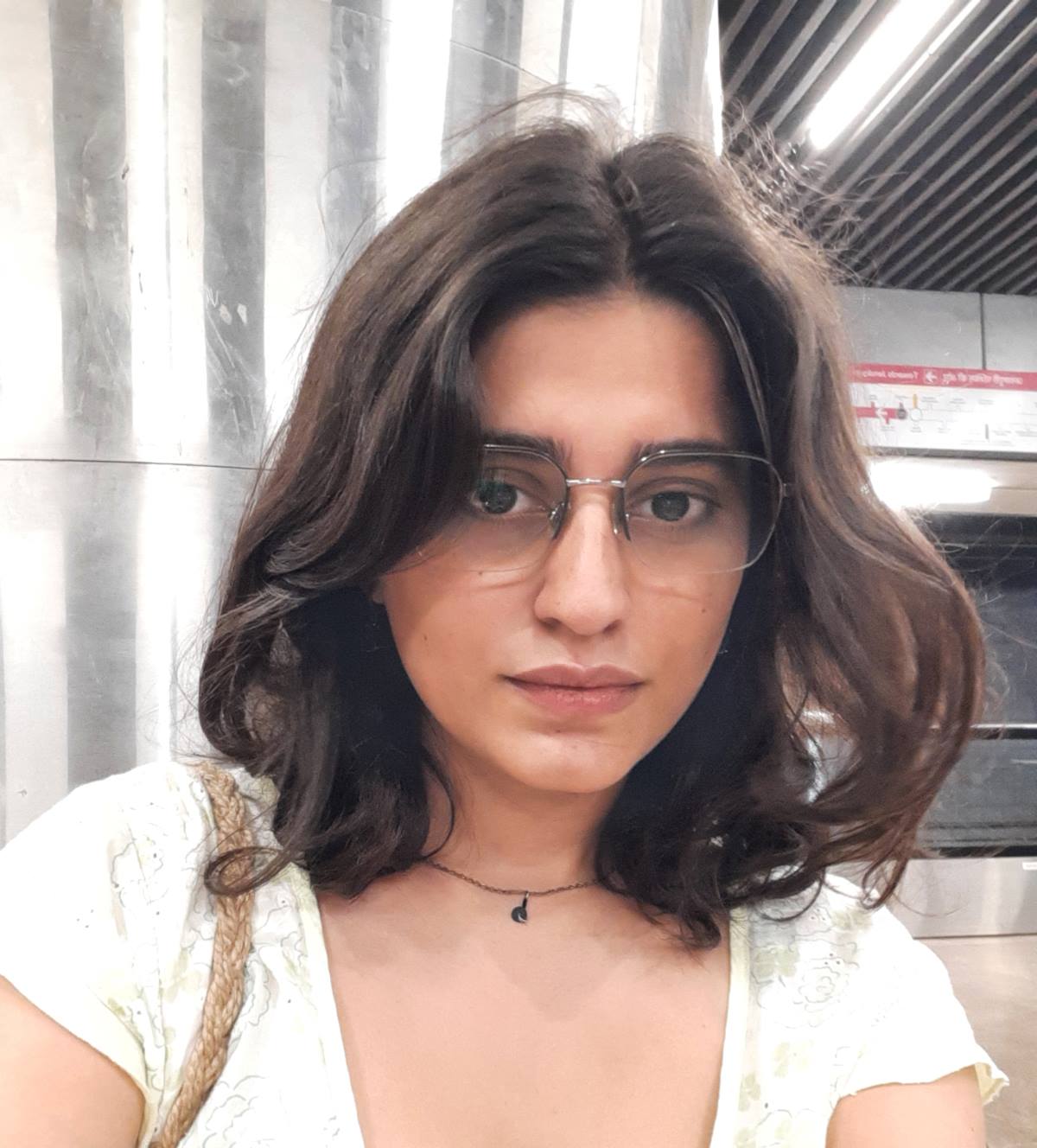 Pranavi Sharma
Pranavi Sharma
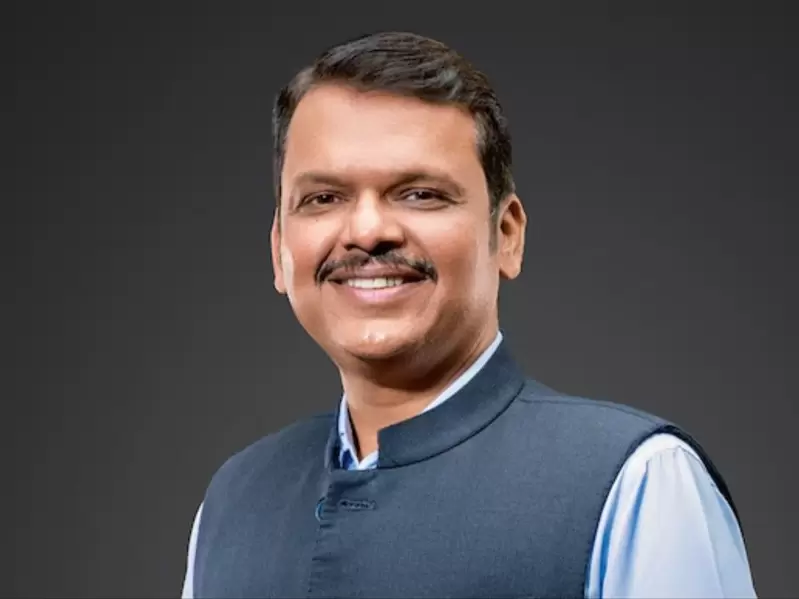

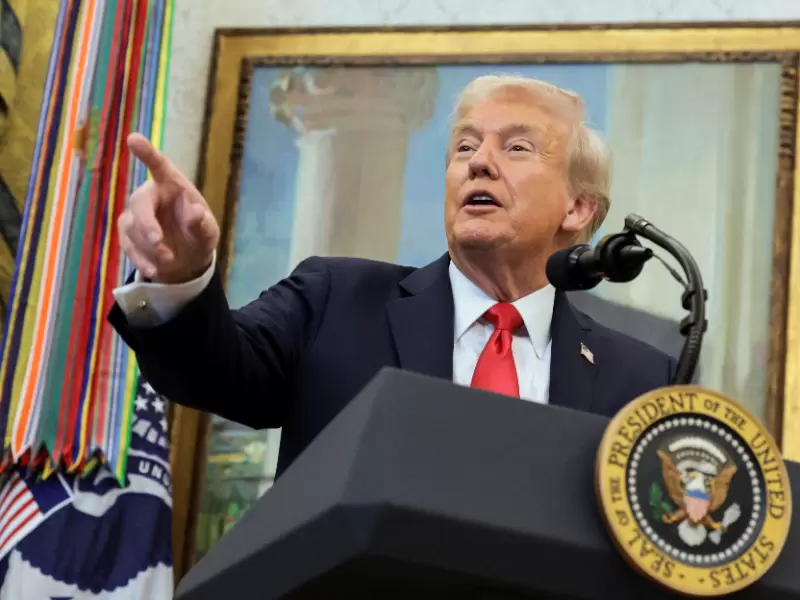
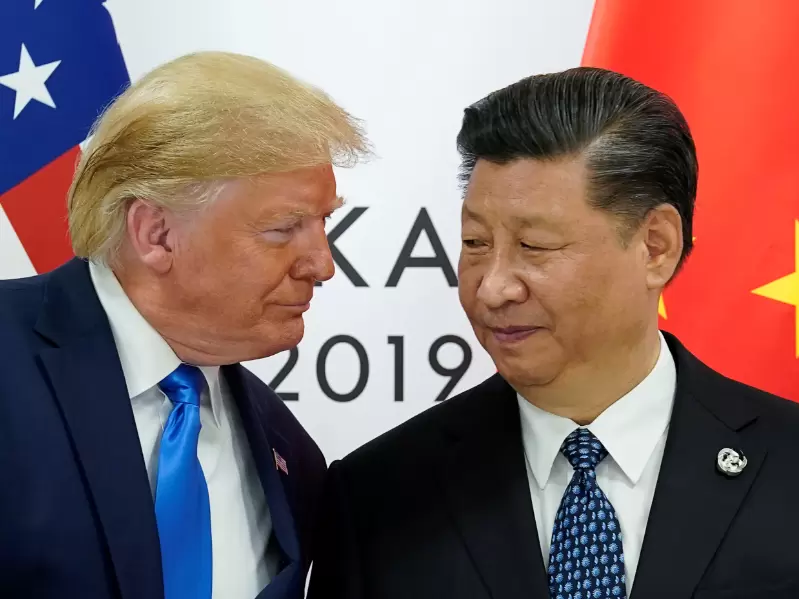
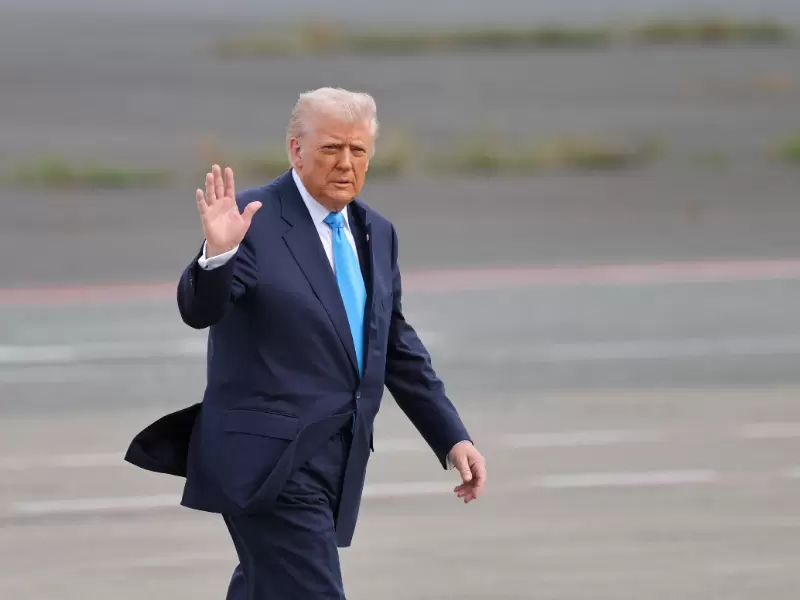
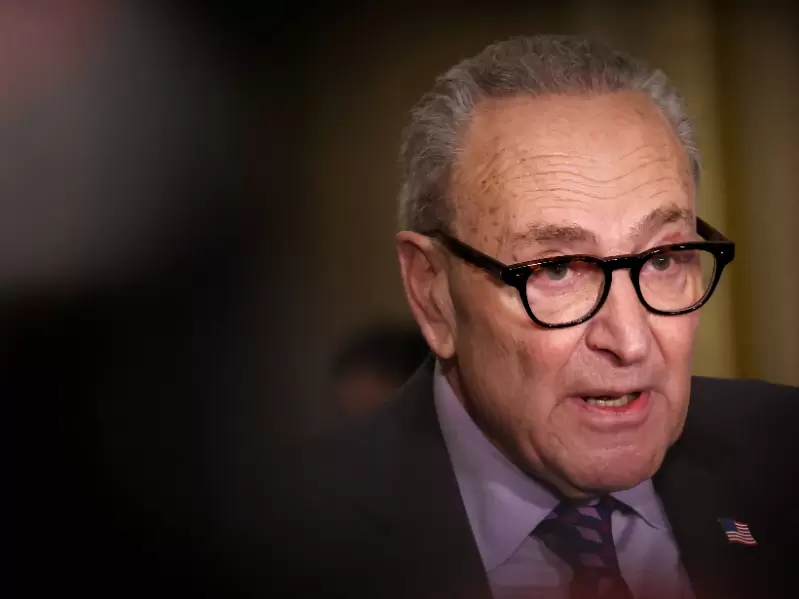

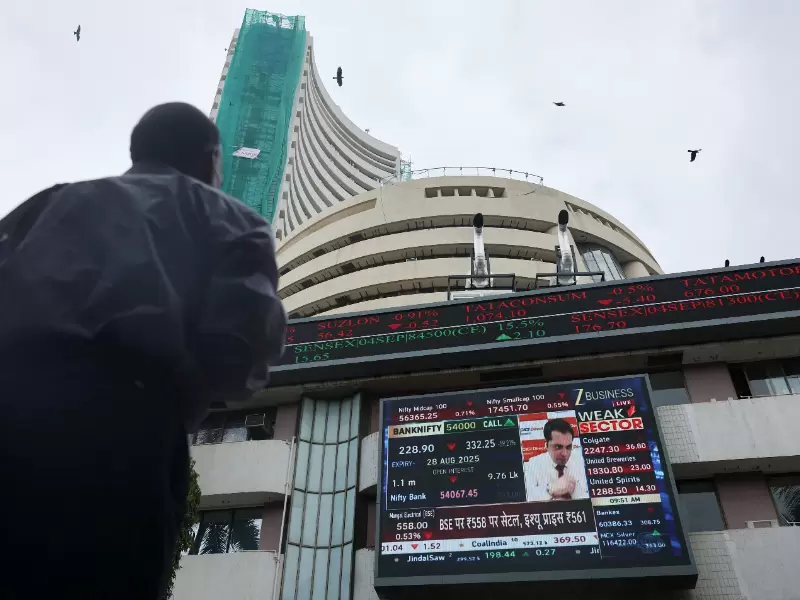
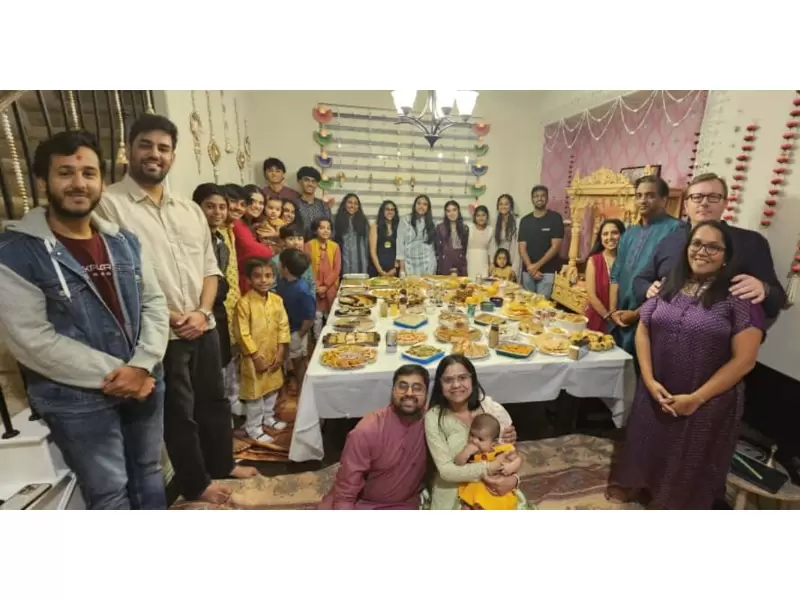
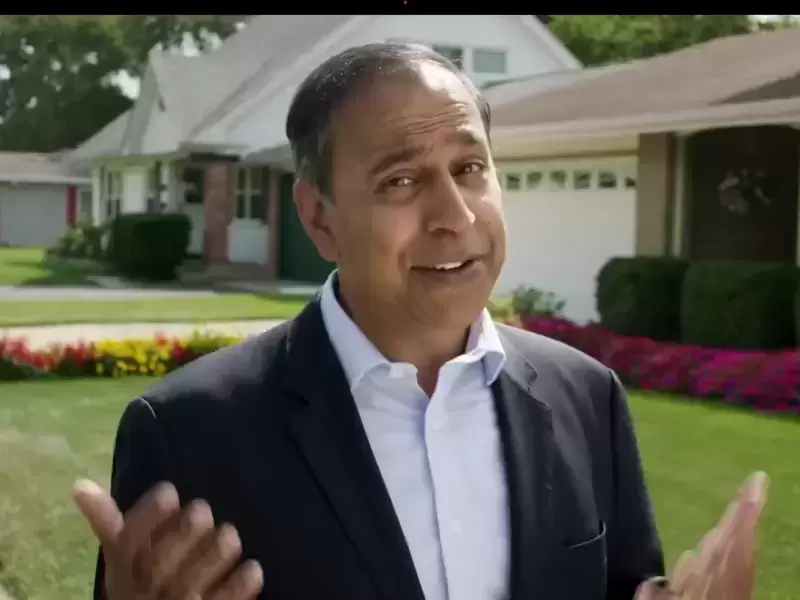
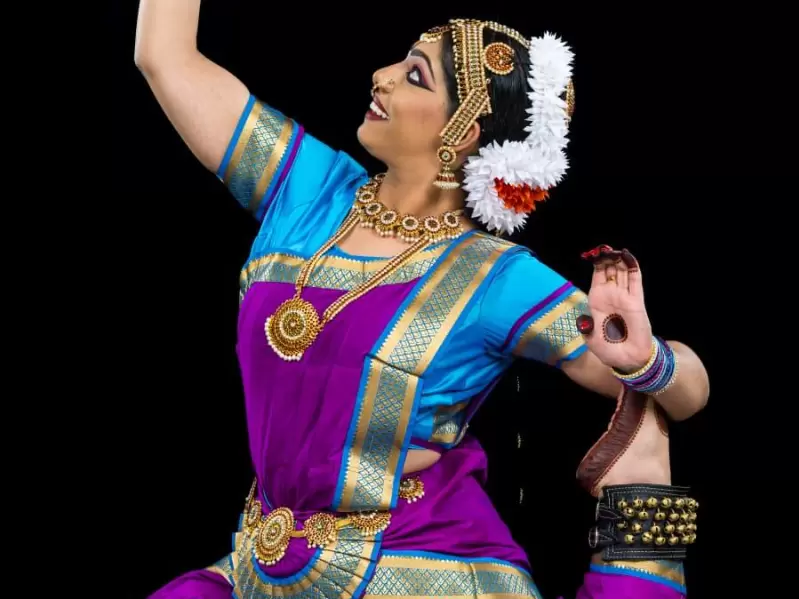

Comments
Start the conversation
Become a member of New India Abroad to start commenting.
Sign Up Now
Already have an account? Login